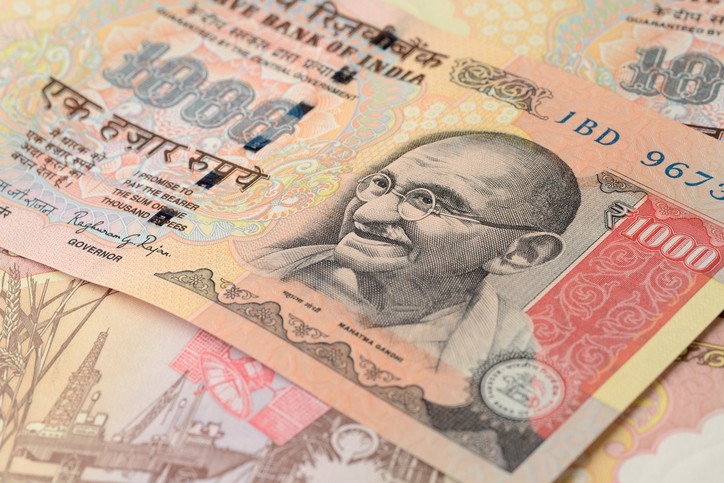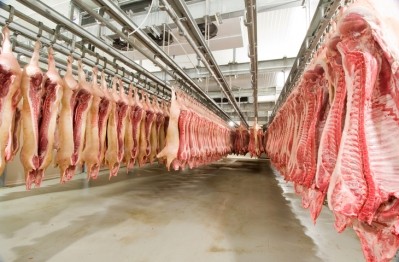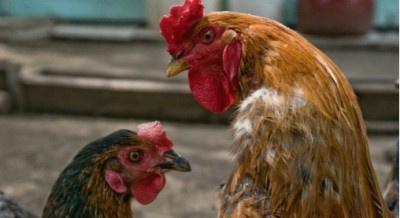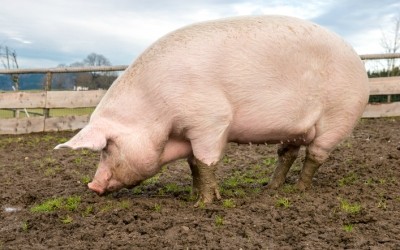Indian currency ban causes hardship in country's poultry sector

“With a limited amount of cash, buying meat is not a priority for households and demand has fallen by more than 30% [since 8 November when demonetisation was announced],” Ramesh Chander Khatri, president of the Poultry Federation of India, told GlobalMeatNews.
The main problem has been a continued shortage and rationing of the new currency notes as in the past month the Reserve Bank of India has replaced only a quarter of the old scrapped 500 and 1,000 rupee notes with new legal banknotes. It is expected to be several months before cash circulates at levels before the demonetisation.
The move has also choked the poultry sector’s supply chain as, according to Dr Aswhani Kumar Rajput, executive director of the All India Poultry Breeders Association, the country’s poultry industry is heavily dependent on cash transactions: “In the past month, the industry has lost more than US$15 million,” he told GlobalMeatNews.
The price of raw chicken in the capital New Delhi’s Ghazipur wholesale market has fallen from INR95 (US$1.40) per kg in early November to INR62 (US$0.90) per kg. Salim Ilhai, a Ghazipur market wholesaler told GlobalMeatNews that some farmers have started accepting cheque payments, but have halved their delivery trips to the market. “Cheques take three days to clear, while payments to transporters and handlers have to be settled on the spot,” he said.
The timing of the crisis is particularly bad for the poultry industry as, according to Ilhai, October to January registers maximum demand for their products, generating higher prices and better profit margins for farmers.
To overcome the crisis, many farmers have started what they call ‘hatch holidays’, delaying hatching eggs to reduce their current costs and future market supplies. “Whenever there is a slump in the market farmers do this for few days or a week,” said Khatri.
In contrast, modern food outlets, which accept credit cards, are registering a sharp jump in processed chicken sales, even leading to some shortages. However, according to Dr Rajput such sales constitute just 3% of the Indian poultry market. This is because retailers currently lack specialist chilled poultry shelves and cabinets to store products, Ankur Bisen, senior vice-president at consultancy firm Technopak told GlobalMeatNews. However, looking ahead, he predicted: “This will now change as… consumers have taken a liking to… modern retail, at least in urban India.”















